In this post, I've summarized what you need to look out for, especially during the cold seasons, so that your equipment can survive it properly.
I. Store and Dry
The majority of equestrian and rider equipment is traditionally made out of leather. Although there are very good alternatives made out of plastic, the renowned manufacturers of saddle and bridle still rely significantly on the natural product. Leather has decisive advantages: it can be processed well, is durable and, above all, particularly robust. To keep it that way proper care is especially important.
First and foremost, the storage of the equipment is of utmost importance. Because leather is a natural product, it is particularly vulnerable to moisture. Therefore, saddles and bridles should be housed primarily in a dry and airy tack room. If you do want to keep it in the cupboard, make sure that it can hang freely and not be trapped in the door. Since a cabinet allows less or almost no air circulation, the bridle should be able to dry well in the air after use. Especially in winter, when the horses sweat more, the leather absorbs a lot of moisture. It goes without saying that after a ride in the drizzle or snow, the equipment should be dried well before it is stored again. Additionally, gaiters should be sufficiently cleaned after use. The filling, which is usually made of neoprene, absorbs moisture and provides an ideal breeding ground for mold and bacteria. Even if the gaiters "do not look so dirty", they should be washed regularly with suitable means - this also applies to bandages and fly hats.
II. No Sweat on the Leather
The biggest enemy of the leather is sweat, but it's not necessarily the moisture that bothers leather but, above all, the salt, which deposits on the leather. Despite saddlecloth or saddle pad, there is still sweat interfused to the saddle. The bridle, breastplate, and boots lie directly on the horse's body and require additional care. First and foremost, cleaning after riding is essential so that sweat and salt cannot interfuse the leather pores at all. A damp cloth usually picks up the leftovers well enough. After that, it is still advisable to let the equipment dry in the air. Never place damp equipment in the tack room or even in the closet, as this will change the overall climate of the rooms and favors the formation of mold.
Despite the good care after each use, the leather items still need special care. Temperature fluctuations, sweat, rain, mud, and sand take a toll on the material. The zippers pinch, the leather becomes brittle and inelastic and the gloss is gradually lost. This is why all leather parts should be thoroughly cleaned and greased every two weeks, especially in winter - in addition to the daily cleaning routine after usage.
III. Change the Saddlecloths Regularly
From the top, most shabracks and saddlecloths still look clean after two weeks of use. This is probably because most saddle pads are made out of different layers. The base absorbs the sweat of the horses' skin very well and holds it as best as possible in the fabric. On the one hand, the saddle is well protected against the moisture and the salt, on the other hand, salt and dirt residues dry out very hard, whereby the wearing comfort for the horse suffers extremely. Chafing or punctate pressure can be the result. To avoid these consequences, the saddle pad should be washed regularly - after all, we do not wear the same T-shirt for two weeks either. If the horse has sweated excessively, it is always advisable to store the saddlecloth or shabrack separately from the saddle. This way saddle and shabrack can dry well. Just brush the sweat residue out with a root brush before using it again.
IV. Suitable Care Products
Even for the cleaning of leather, the offer is very large, ranging from saddle soap on leather oil to combi products with anti-mold effect. What gets used depends entirely on the leather and the preference of each individual. Some swear by leather grease, others on leather oil and others only resort to the good, old saddle soap. But all agree: The equipment must be maintained so you can enjoy it for a long time.
- Right After Riding:
Briefly wipe the saddle, bridle, and boots with a damp cloth, allow to dry and hang back into the tack room or cabinet. Store the saddle pad separately from the saddle.
- For Washing:
For lambskin products, special attention needs to be paid to specific lambskin detergent so that the coat does not harden and dry out after washing. Gaiters can usually be washed without hesitation at 30 degrees in the washing machine. In order to counteract the bacteria, a commercial disinfectant spray for textiles is also suitable for further care or precaution.
- Against Mold:
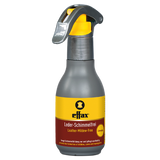 The best help against mold on leather equipment is good prophylaxis. Heatable saddle chambers, in which the utensils can be stored dry and with sufficient air circulation, offer the best precautions in the fight against mold. However, those who keep their equipment in cabinets or even in the air can resort to special leather care products that counteract the development of mold spores. The ideal thing here is the effax® leather-mildew-free, which optimally counteracts mildew and at the same time cares for the leather.
The best help against mold on leather equipment is good prophylaxis. Heatable saddle chambers, in which the utensils can be stored dry and with sufficient air circulation, offer the best precautions in the fight against mold. However, those who keep their equipment in cabinets or even in the air can resort to special leather care products that counteract the development of mold spores. The ideal thing here is the effax® leather-mildew-free, which optimally counteracts mildew and at the same time cares for the leather.
- If It Has To Go Fast:
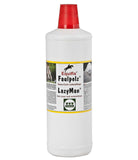 Leather care is expensive and if we are honest, a bit annoying. For all lazybones, Equifix has developed the "lazy fur" leather care. This is an all-in-one product that simultaneously cleanses, impregnates and cares for your leather products. Best of all, the bridle is simply swiveled in the lazy-acid lye and then hung up to dry.
Leather care is expensive and if we are honest, a bit annoying. For all lazybones, Equifix has developed the "lazy fur" leather care. This is an all-in-one product that simultaneously cleanses, impregnates and cares for your leather products. Best of all, the bridle is simply swiveled in the lazy-acid lye and then hung up to dry.
- Fat, Oil or Combination Product:
The ultimate question is a matter of taste. If the leather product is cleaned or cared for with grease or oil, it must first be thoroughly absorbed and dried before reuse. For many products, even polishing is necessary to incorporate or absorb any residue into the leather. Meanwhile, many combi-products are already on the market, simplifying the application even further through the spray function. As a rule of thumb: Use not only fat but above all detergents.




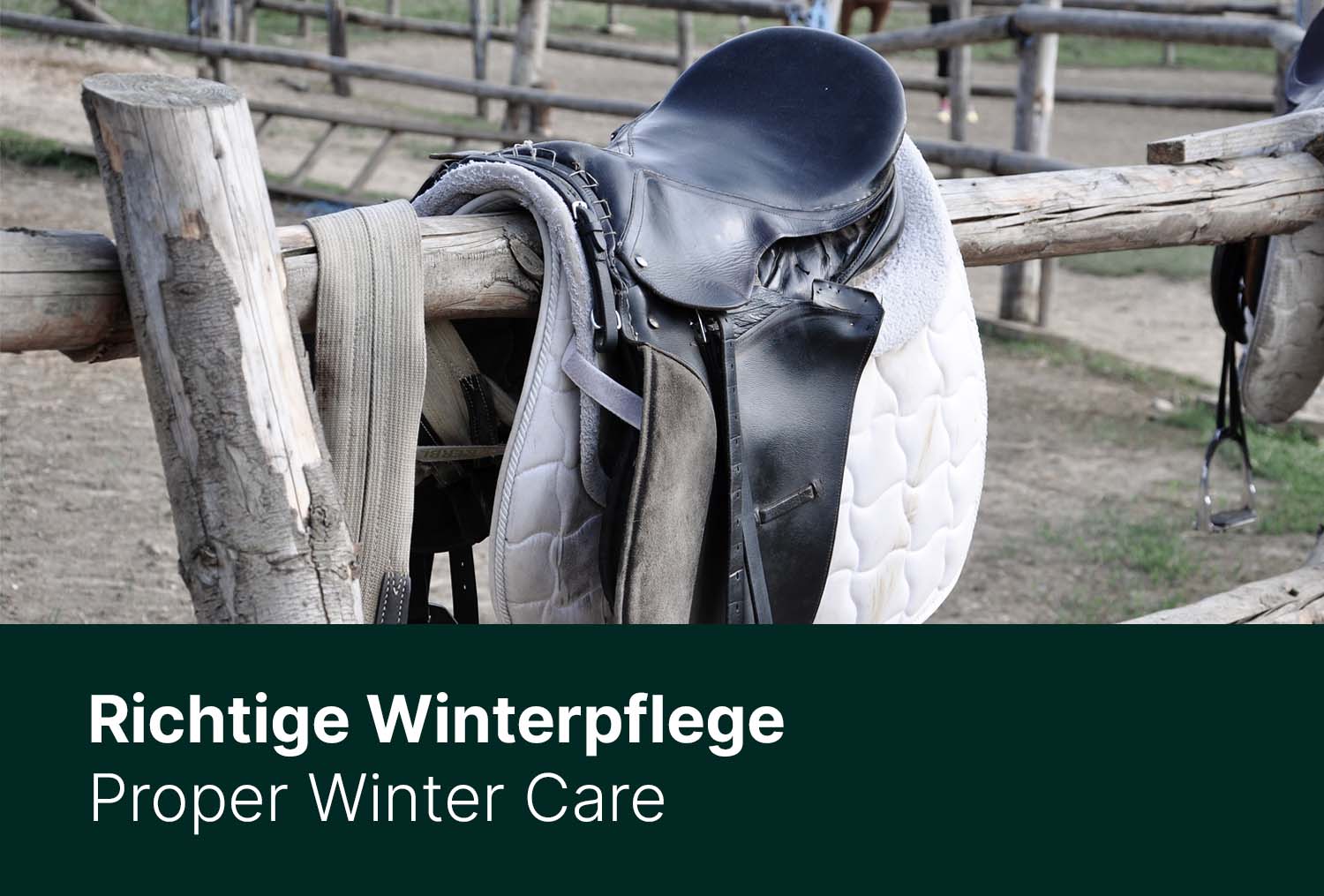

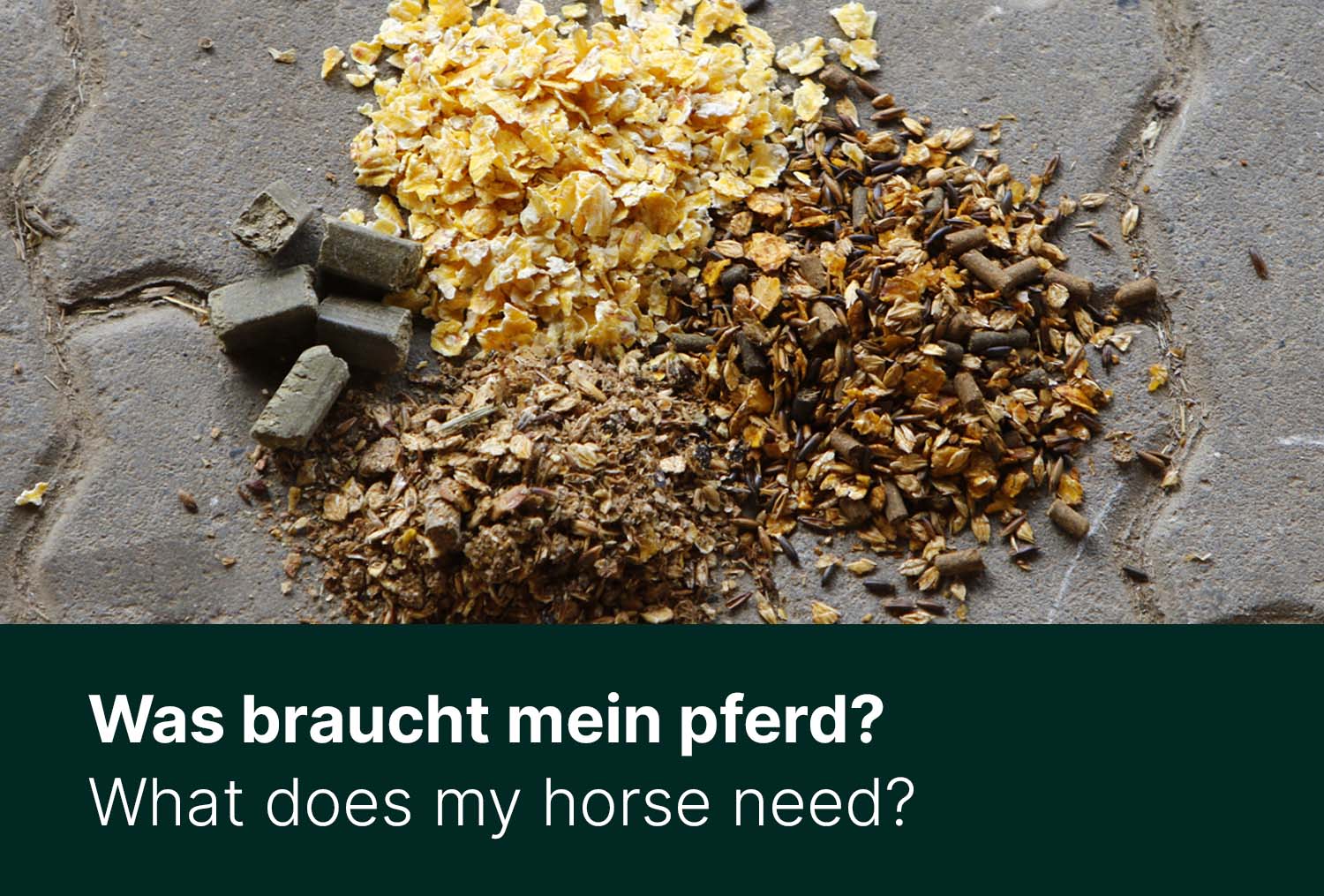
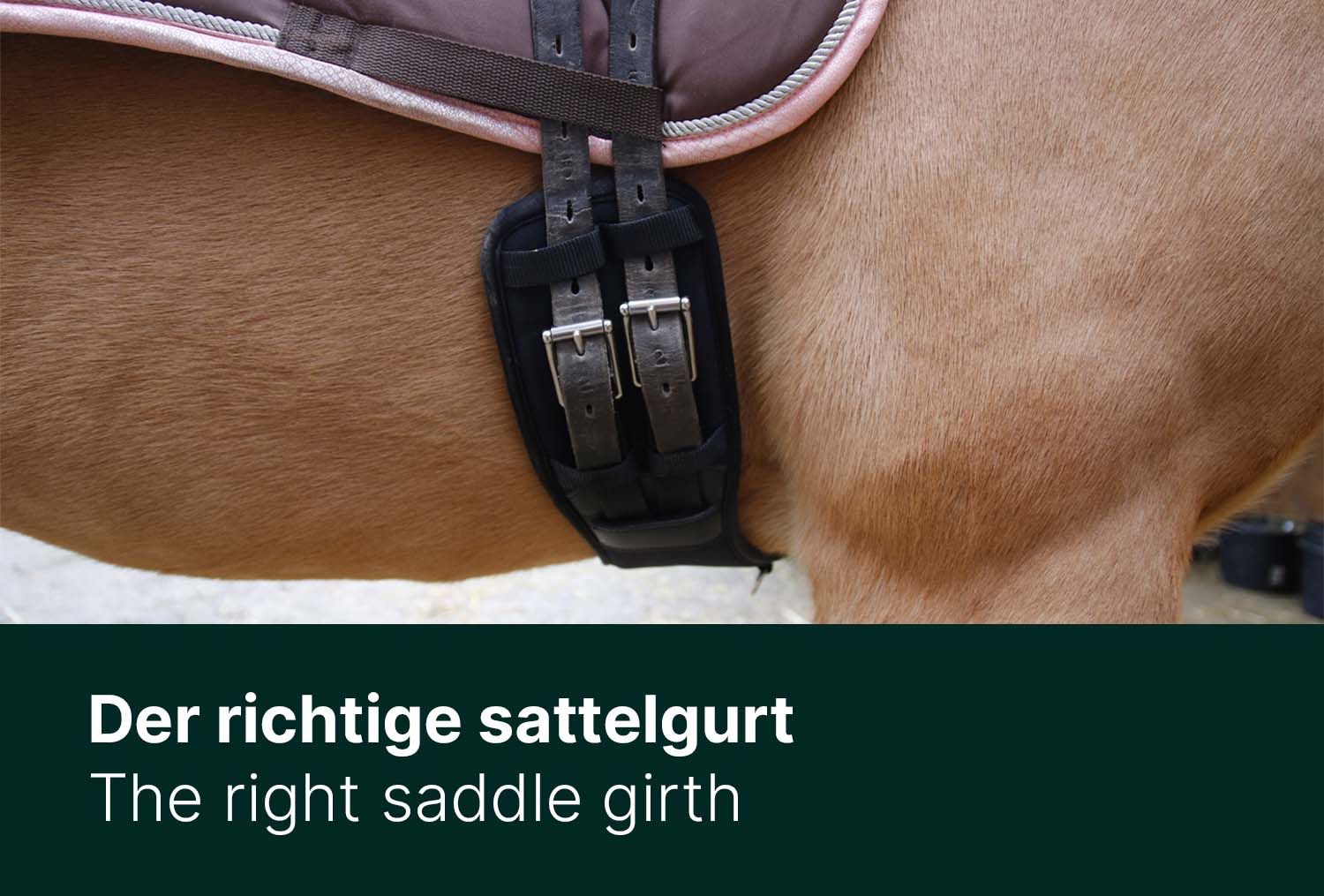
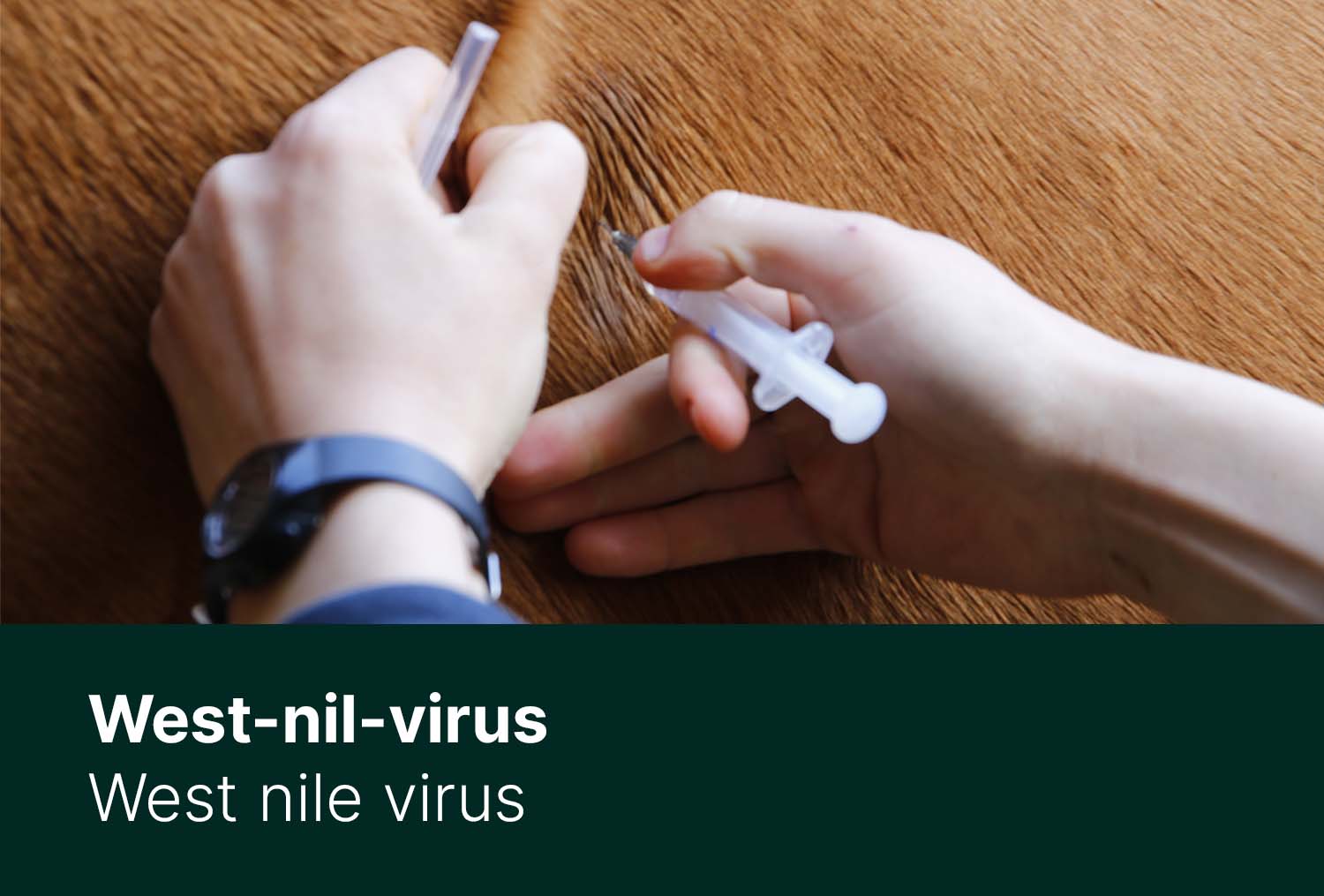
Clipping horses - The optimal preparation and Clipping
Healthy Food for the Winter